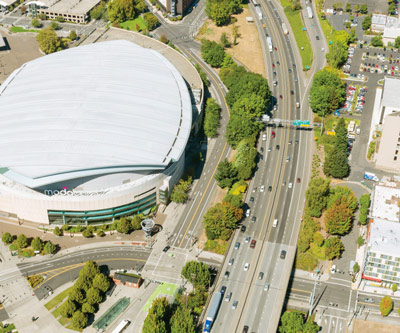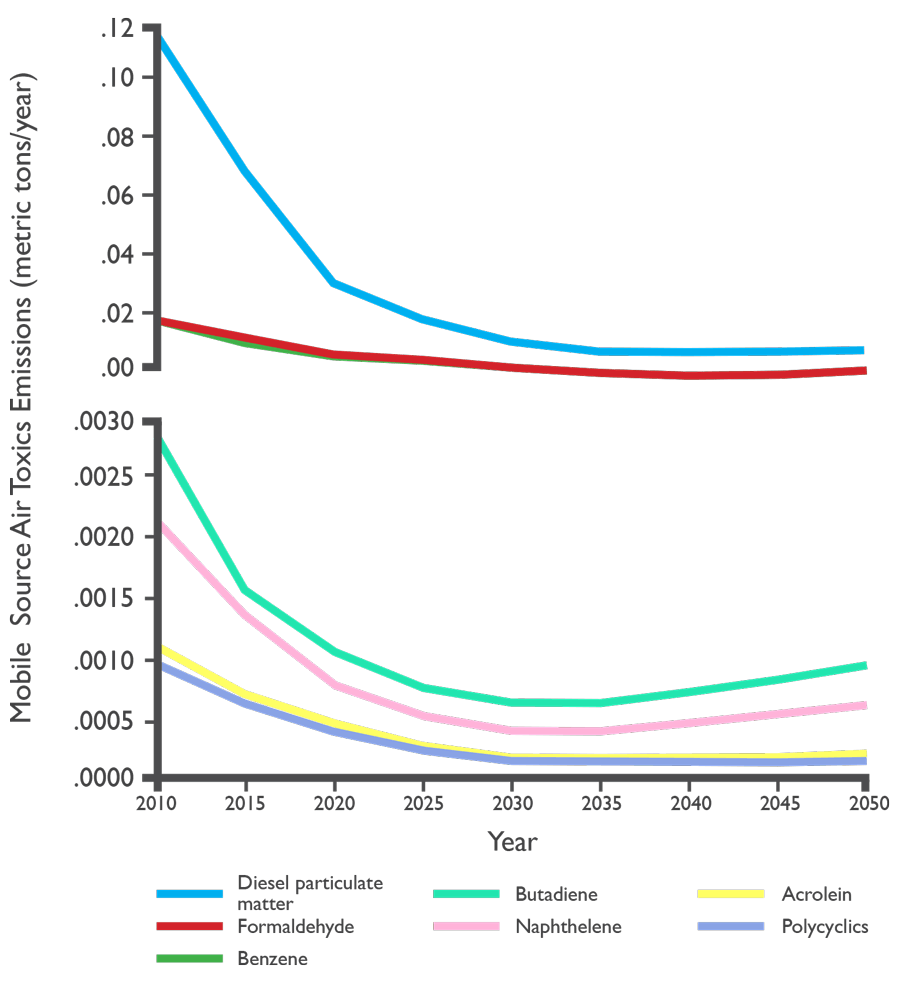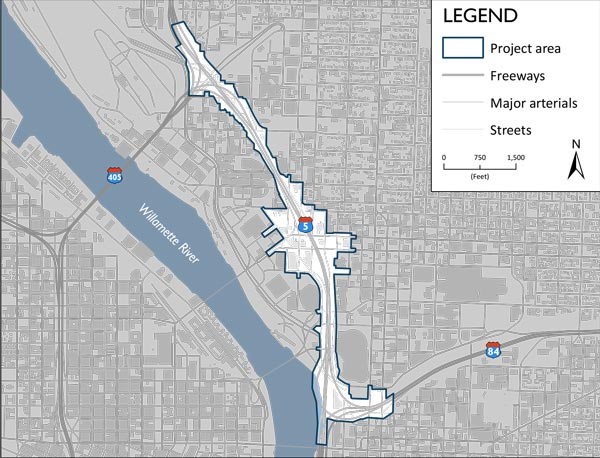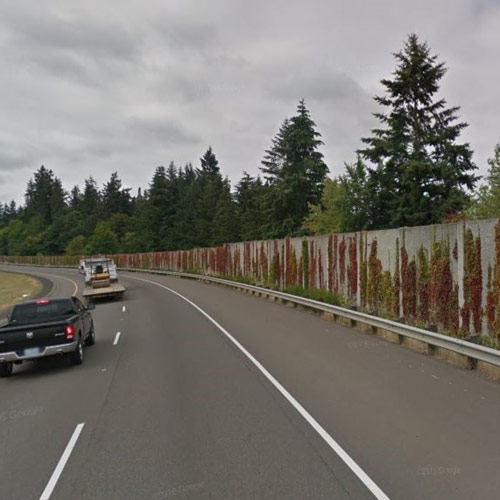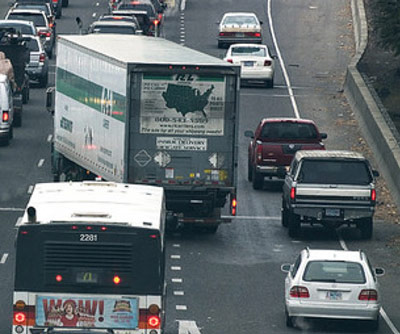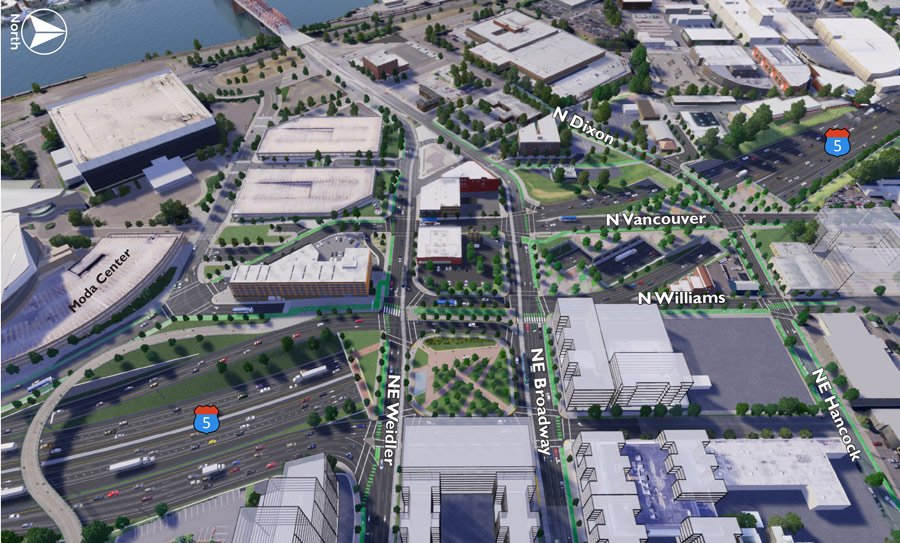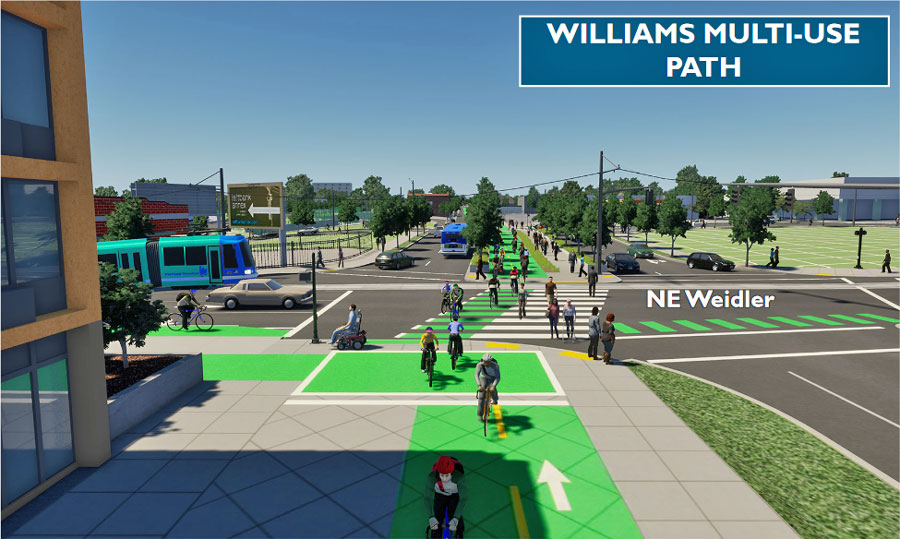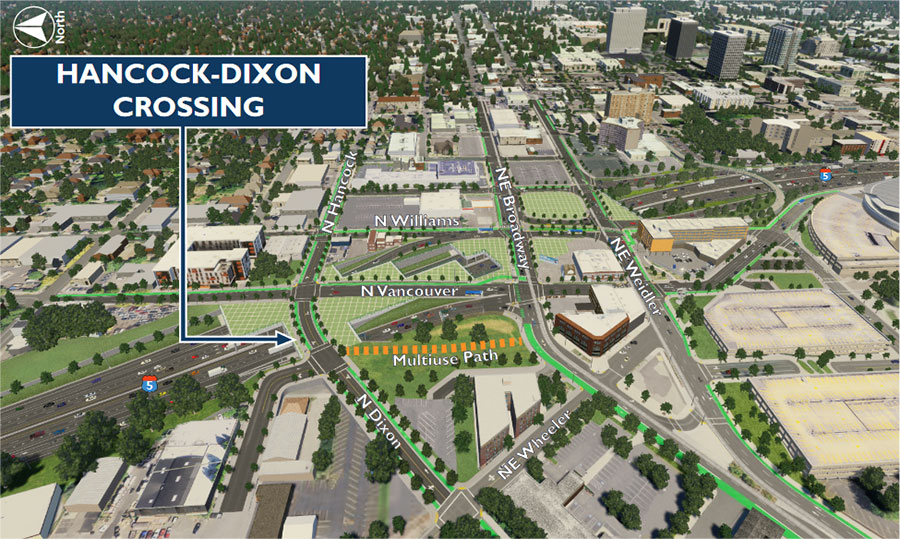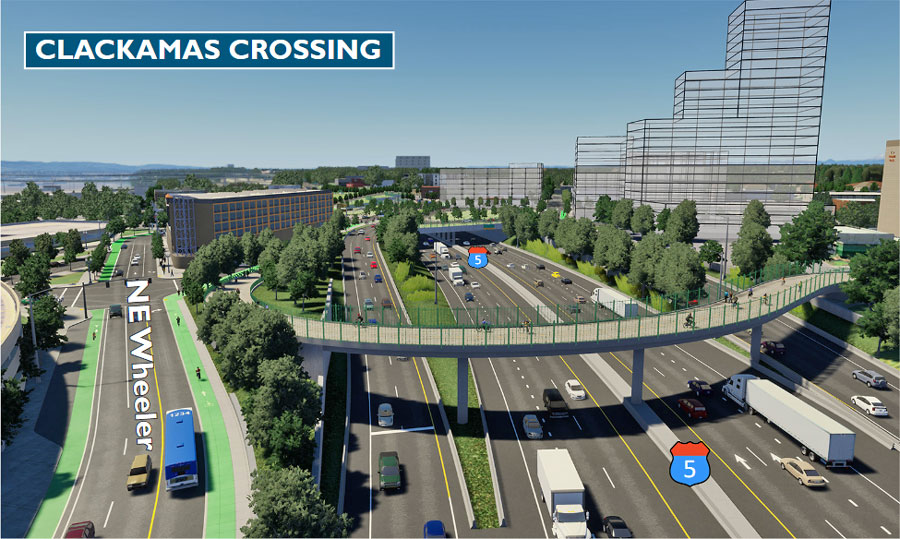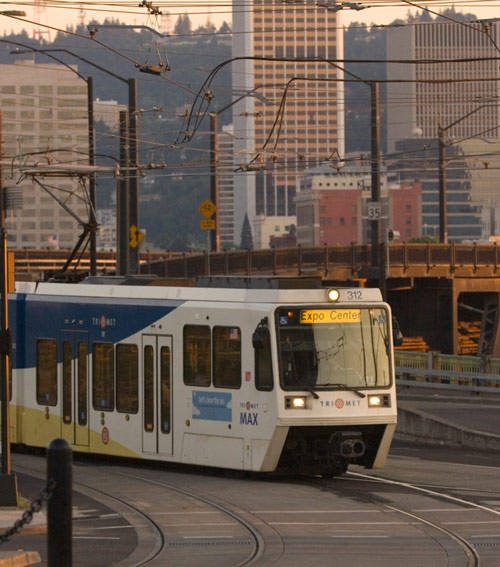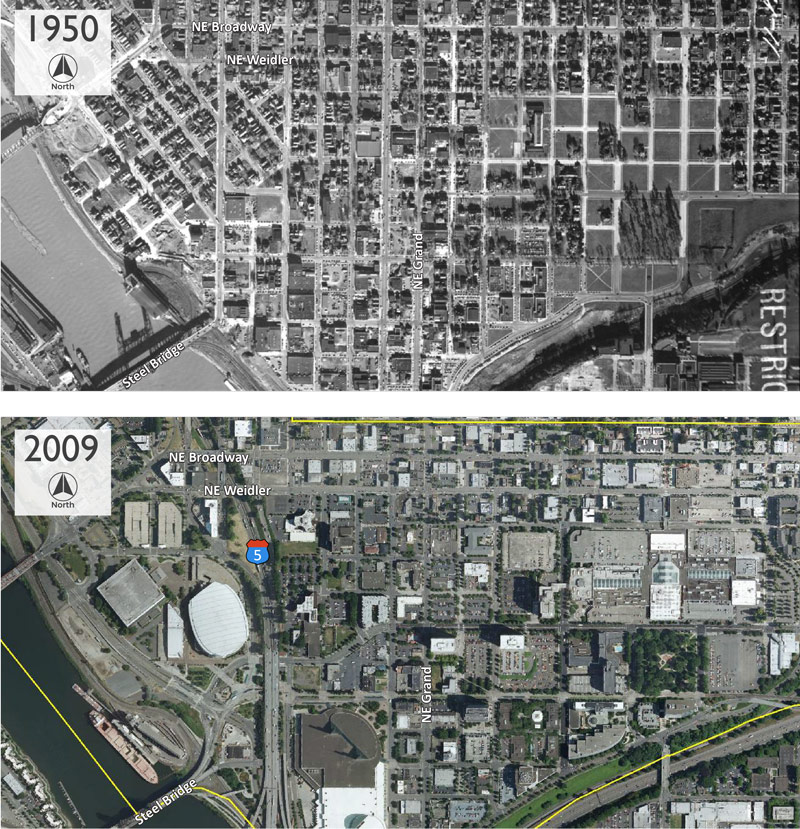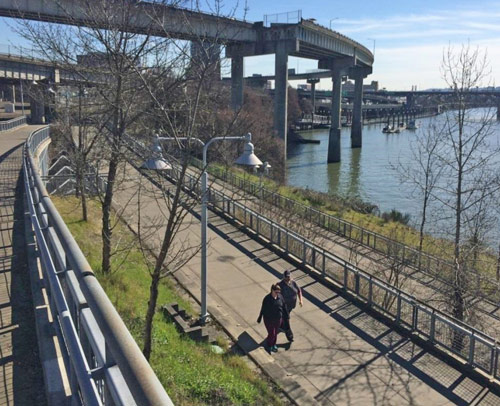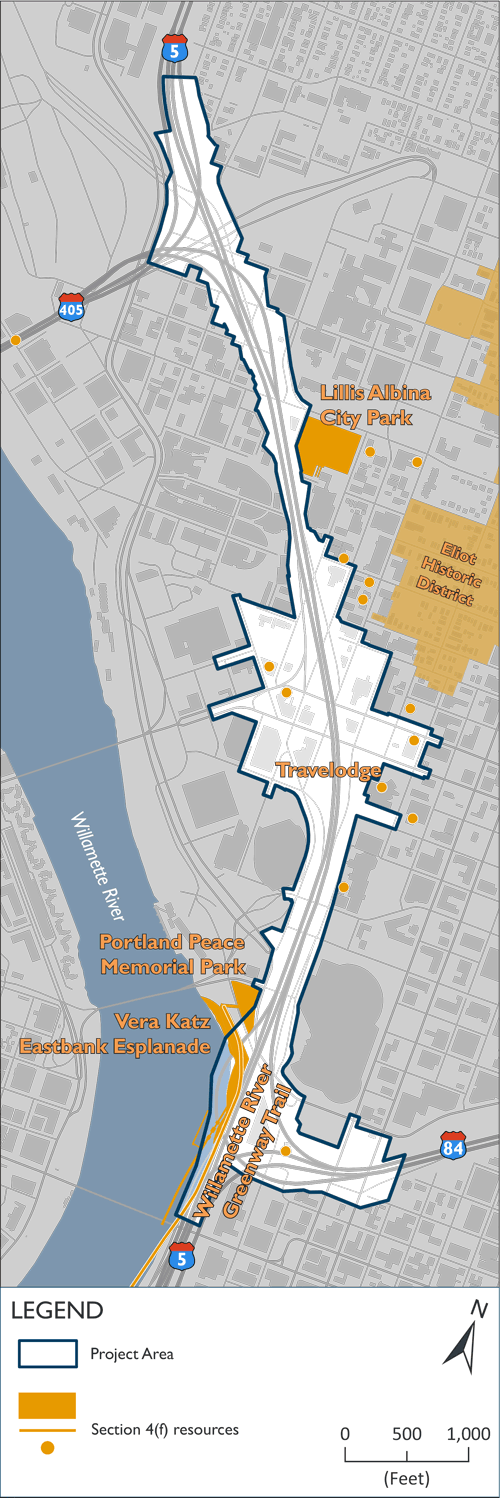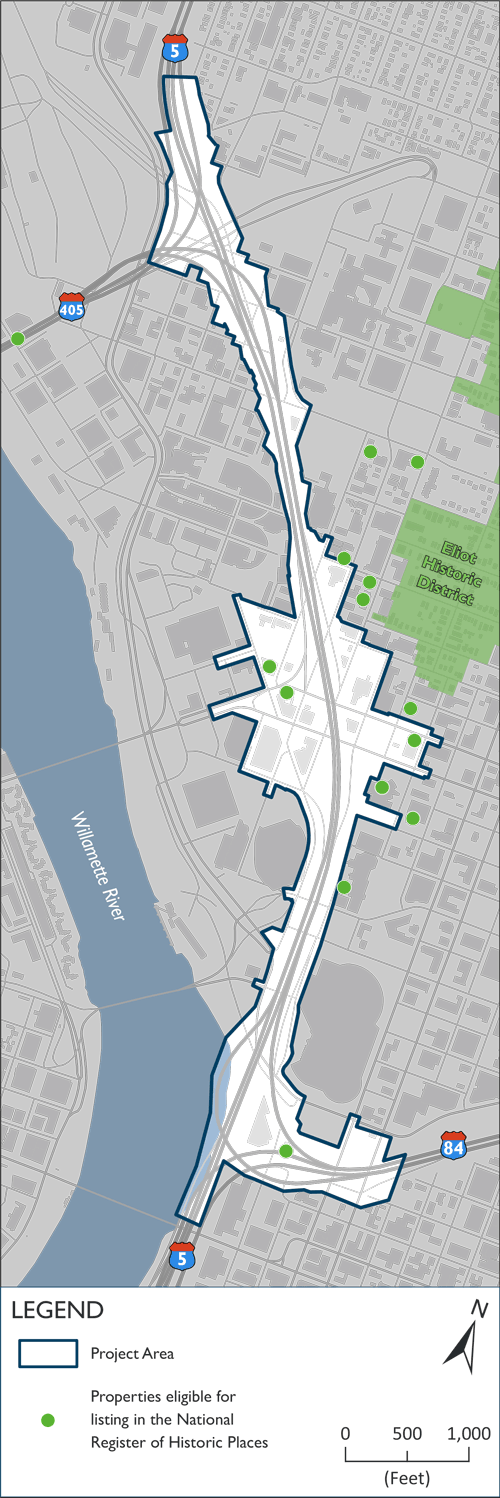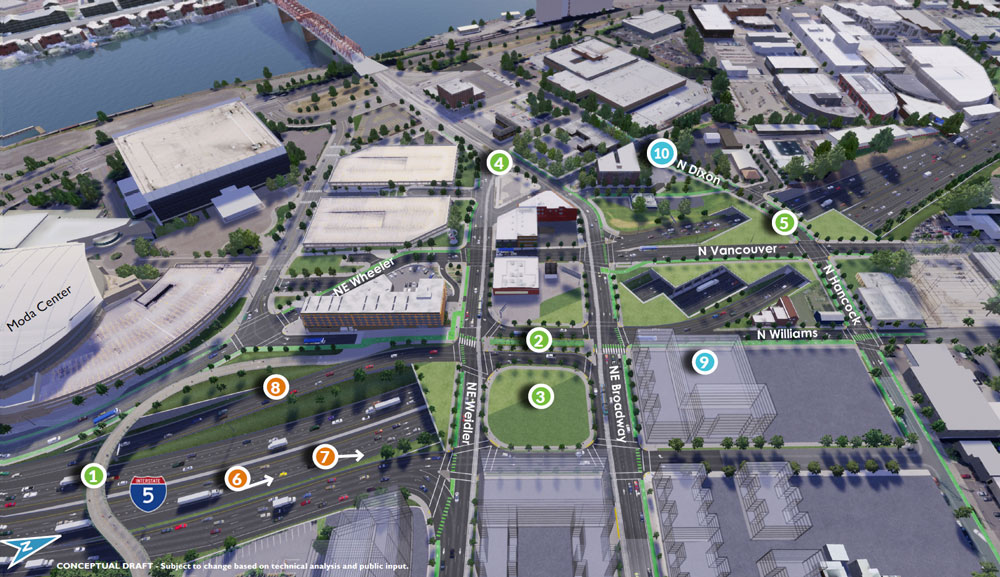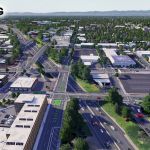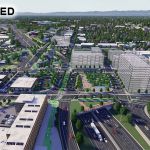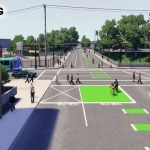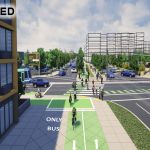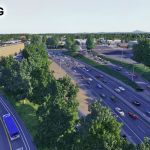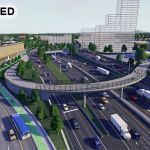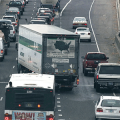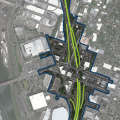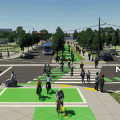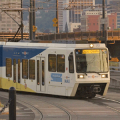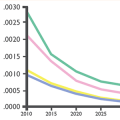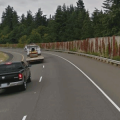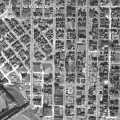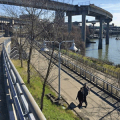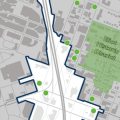For ADA (Americans with Disabilities Act) or Civil Rights Title VI accommodations, translation/interpretation services, or more information call 503-731-4128, TTY 800-735-2900 or Oregon Relay Service 7-1-1. Si desea obtener información sobre este proyecto traducida al español, sírvase llamar al 503-731-4128.
Find copies of the full Environmental Assessment and related appendices in the project library at i5rosequarter.org.
To request an alternative format, please contact info@i5rosequarter.org or call 503-423-3760.
Stations
Project Need
Safety Issues on I-5
- Highest crash rate in the state
- Lack of standard safety shoulders
- Closely spaced on- and off-ramps
Poor Local Street Connections
- Difficult connections between the highway and local streets
- High concentration of traffic spilling into local streets
- Lack of connections between the east and west sides of I-5
Congestion on I-5
- Some of the highest traffic volumes in the state
- Up to 12 hours of congestion each day
- Heavy traffic on critical north-south link in the region and state
Difficult Highway Transitions
- Closely spaced interchanges
- I-5 Broadway/Weidler Interchange configuration is not typical and difficult to navigate
Schedule
Since 2017, the project has been in an environmental study phase. Project design will begin in spring 2019, when the environmental work is complete. Construction is anticipated to start in 2023, lasting four to five years.
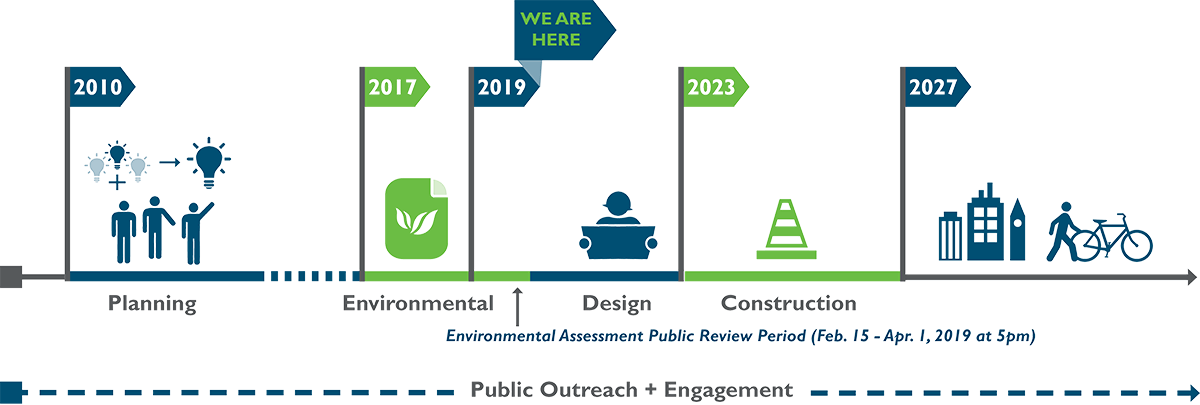
Area History
Recognizing the Past: This project provides an opportunity to make new community connections and use those new connections to reduce the physical and psychological barrier of I-5.
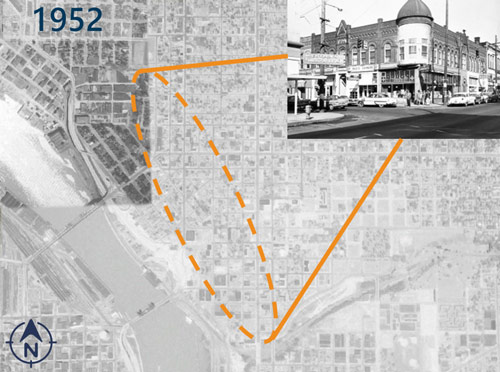
A Thriving Neighborhood
In the early 1950s, this neighborhood had a well developed street grid system and connected community serving a large segment of Portland’s Black residents. It was a thriving arts-oriented district with shops and houses, and the heart of Portland’s jazz scene.
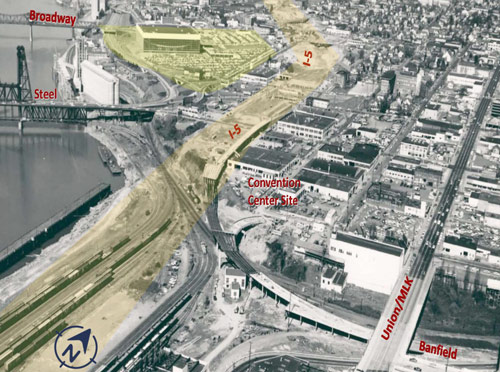
The Building of I-5 and Other Development
In the early 1960’s, during an era of highway building nationwide, the building of I-5, combined with other developments and urban renewal, disconnected the community and resulted in displacement of its residents. The well-connected street grid was disrupted, leaving limited options for crossing I-5 and the historically black Albina neighborhood physically separated from other neighborhoods.
How Did We Get Here?
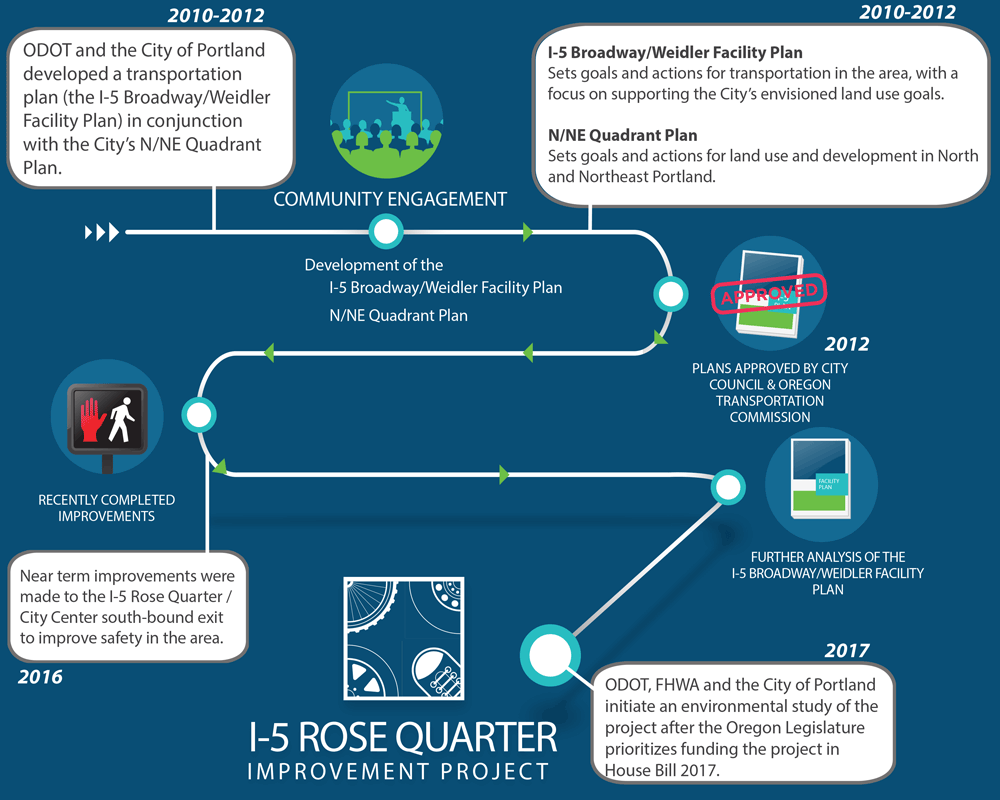
Outreach Activities
- Community Forum
- Open House
- Community Walk and Bike Ride
- Business Canvassing
- What's Happening in Our Streets? Black Community Outreach Event
- Pastors’ Breakfast
- Event Tabling: Juneteenth, Good In the Hood, Sunday Parkways
- Committee, community and neighborhood group presentations
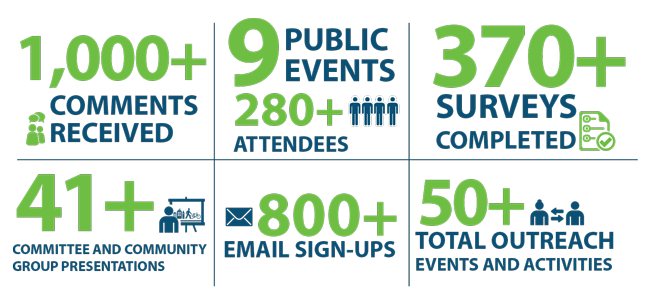
Community Liaisons Group
This group included twelve community members representing local businesses, community organizations and interests in the area. The group met four times between September 2017 and November 2018 and provided insight and feedback on how best to reach the local and broader community about this project.
What We Heard: Key Issues and Concerns
- Various views on how to address congestion in the project area
- Improve local street infrastructure for bicyclists and pedestrians
- Create better neighborhood connections
- Increase safety for all travel modes
- Minimize construction and environmental impacts
- Ensure the project brings economic benefits to the area
- Concern about the high project cost and the responsible use of funds
⬤ A Better Connected Community
The project creates new connections across I-5 and more space for people walking and biking, so everyone can travel more safely and conveniently through the Rose Quarter area. These improvements include:
- A bicycle- and pedestrian-only bridge over I-5, from NE Clackamas Street to the Rose Quarter
- New, upgraded pedestrian and bicycle paths in the area of Broadway/Weidler and Vancouver/Williams
- Covers over the highway where bridges cross over I-5
- Improved pedestrian and bicycle access to transit – Portland Streetcar, TriMet bus and MAX lines
- A direct road connection over I-5 between N Hancock Street to N Dixon Street
⬤ A Safer and More Reliable I-5
Three Interstates (I-5, I-84, and I-405) intersect in the short distance between the Morrison Bridge and the Fremont Bridge, creating the biggest bottleneck in the state of Oregon. This outdated design with closely spaced interchanges and no shoulders has resulted in this section of I-5 having the highest crash rate in the state. With the following improvements, we can reduce frequent crashes, improving safety and reliability for travelers:
- New ramp-to-ramp lanes (auxiliary lanes) along I-5
- Full shoulders along the highway
- Relocating the I-5 southbound on-ramp from NE Wheeler Avenue to NE Weidler Street
⬤ Greater Economic Growth
This project is an opportunity to reconnect the Lower Albina area and enhance continuity to north and northeast neighborhoods. By making travel easier, providing more options, and creating more space for people to move through, the project will support opportunities for redevelopment, both public and private. This project is currently looking at ways to tie in contracting opportunities for local small and minority owned businesses that will be part of the design and construction work:
- Redevelopment potential
- New east-west connection to Lower Albina
Simulations
Conceptual drafts, subject to change based on technical analysis and public input.
National Environmental Policy Act
The project is following the Federal Highway Administration’s (FHWA) National Environmental Policy Act (NEPA) process.
This process ensures that decisions balance transportation needs with social, economic and environmental factors. Environmental studies compare the effects of building a project with the effects of not building a project – the "Build" and "No Build" alternatives. The Build alternative is based on a preliminary design concept, not a detailed design.
- Read more about the EA process (pdf, 370 KB).
Review the information below and submit comments through 5 p.m. April 1, 2019.
You can find copies of the full Environmental Assessment and related appendices in the project library at i5rosequarter.org.
Key Environmental Study Findings
Short Term Impacts During Construction
During construction the Project will:
- Provide signed, safe detour routes for people walking, biking, rolling, riding transit, and driving
- Maintain access to the Coliseum, Moda Center, and the Oregon Convention Center
- Require sound-control devices and limit idling time for construction vehicles and equipment
- Require dust control (e.g., covering, watering, or other controls and measures)
Transportation
Multimodal Transportation Safety Findings:
- Project reduces the frequency of crashes on I-5.
- Safer local streets for all travel modes with the Project than without the Project.
Motor Vehicle Transportation Operations Findings:
- Motor vehicle traffic operations (travel times, speed, and queue lengths) improve on I-5 with the Project compared to without the Project.
- Motor vehicle traffic operations on local streets (travel times, delay, and queue lengths) show similar results with or without the Project.
Active Transportation (Bicycle and Pedestrian) Findings:
- Movement for people walking, biking, and rolling would improve with the Project compared to without the Project.
Transit Findings:
- Most transit operations stay the same with the Project compared to without the Project.
- Slight bus delay due to added signals for pedestrians and bicyclists.
- Potential increase for bus ridership in the area with the Project due to better transit stops and more locations
Air Quality
Key Findings:
- Reductions in mobile source air toxins and National Ambient Air Quality Standards criteria pollutants are expected over the next 25 years.
- Emissions are slightly better with the Project.
- No CO hotspots were identified in the Project Area.
Noise
Key Findings:
- Existing noise levels in the project area exceed national standards and are expected to worsen with and without the Project with increased traffic volumes over time.
- Small increases in noise levels would occur with the Project due to changes in traffic patterns, but the increases would be less than sound levels detectable by the human ear.
- The Project proposes two sound walls that would reduce noise at Lillis Albina Park, Harriet Tubman Middle School, and residential neighborhoods near I-5.
Climate Change/Greenhouse Gas Emissions
Key Findings:
- A 22% reduction in greenhouse gas emissions is expected over next 25 years.
- Emissions are slightly better with the Project.
Environmental Justice
Key Findings:
- The Project has several benefits for under served communities in the Project Area.
Parks - Section 4(f)
Key Findings:
- The Project Area includes four Section 4(f) park resources and 15 Section 4(f) historic sites.
- Preliminary findings indicate minor impacts (de minimis) for three Section 4(f) resources.
- The Project could result in potential temporary closures to the Vera Katz Eastbank Esplanade and the Willamette River Greenway Trail during construction and maintenance.
Historic Resources - Section 106
Key Findings:
- Eliot Historic District and 14 properties in the Project vicinity are eligible for the National Register of Historic Places (NRHP).
- Construction or longer-term impacts could affect nine properties.
Review the information above and submit comments through 5 p.m. April 1, 2019.
Other Environmental Study Topics
The topics listed above received the most public interest to date. Other topic areas that can be found in the Environmental Assessment include:
- Archaeological Resources
- Hazardous Materials
- Land Use
- Socioeconomics
- Water Resources
- Right of Way
- Utilities
- Aquatic Biology
You can read more about these topics in the project library at i5rosequarter.org.
Review and Comment: February 15 - April 1, 2019 (5 p.m.)
Visit www.i5RoseQuarter.org to download the Environmental Assessment. Information is available in alternative formats upon request. There are many ways to provide your input:
Online Open House and
Project Website
February 15 - April 1, 2019 (5 p.m.) at
www.i5RoseQuarter.org
In-Person Open House
March 7, 2019
5:30 p.m. - 8 p.m.
Leftbank Annex, Clubroom
101 N Weidler St, Portland
ODOT attention Megan Channell
123 NW Flanders St.
Portland, OR 97209
Phone
Leave a recorded verbal comment at
(503) 423-3760
Public Hearing
March 12, 2019
4:30 p.m. – 6 p.m. Sign up to speak*.
5 p.m. – 8 p.m. Event begins with a brief project presentation followed by public comment. Elected officials will comment first, followed by comments from the general public.
Oregon Convention Center, Room A108
777 NE Martin Luther King Jr Blvd, Portland
*Speakers will have up to two minutes to speak and must: sign up in person; only sign up for themselves; sign up during official registration, 4:30 p.m. – 6 p.m. on March 12.
Find a Printed Copy of the Environmental Assessment
(Check with front desk staff to read a reference copy of the EA.)
ODOT Region 1
123 NW Flanders St
Portland, Oregon 97209
FWHA Oregon Division
530 Center Street NE, Suite 420
Salem, OR 97301
Matt Dishman Community Center
77 NE Knott St
Portland, OR 97212
Multnomah County Library Branches:
Albina: 3605 NE 15th Ave
Central: 801 SW 10th Ave
North Portland: 512 N Killingsworth St
Next Steps
A NEPA Decision Document will be prepared upon completion of the Environmental Assessment and the FHWA’s consideration of public comments. The NEPA Decision Document and the record of public comments, with comment responses, will be made available to the public on the project website (expected spring 2019). The design phase will begin in spring 2019 and there will continue to be many ways to share your input and ideas as the project evolves.
 Environmental Assessment
Environmental Assessment




